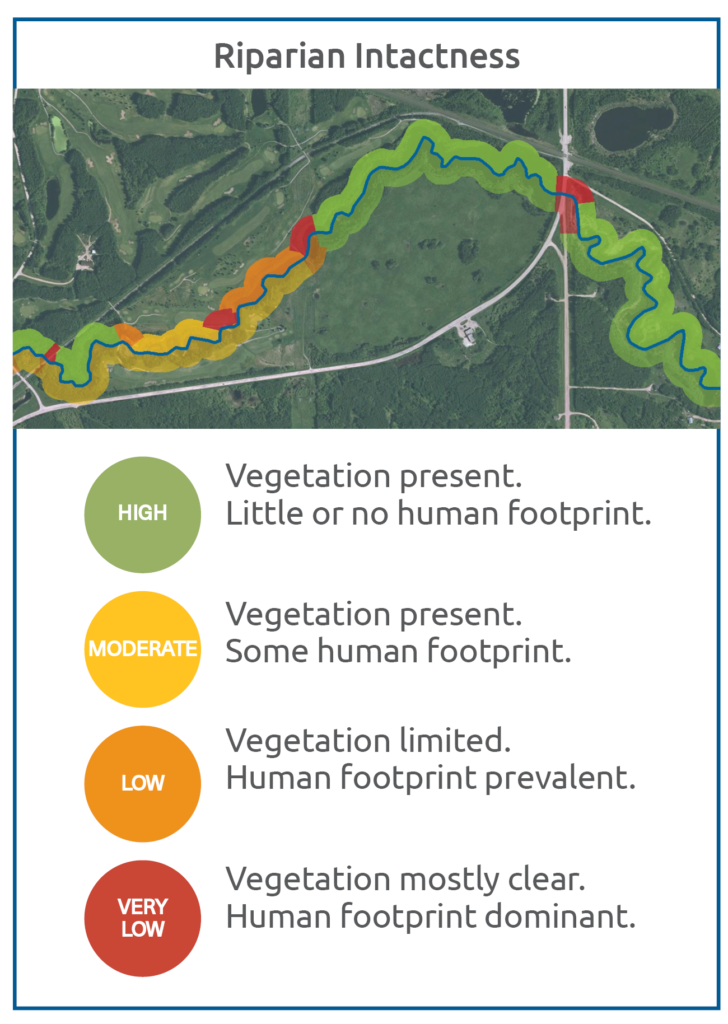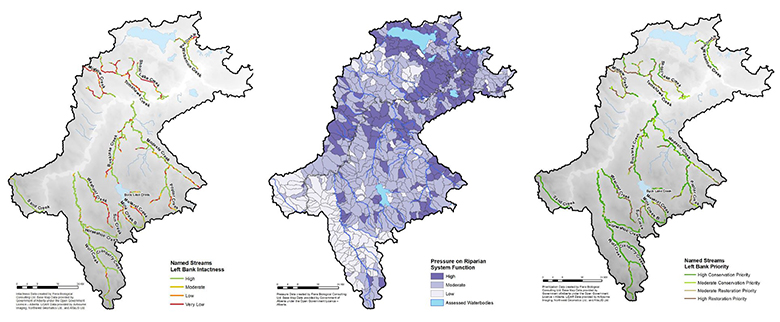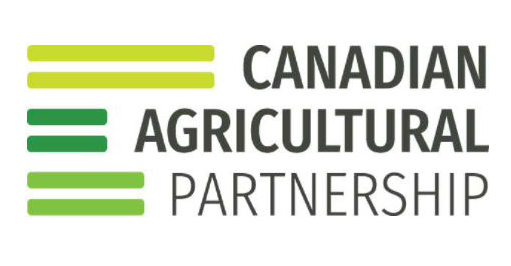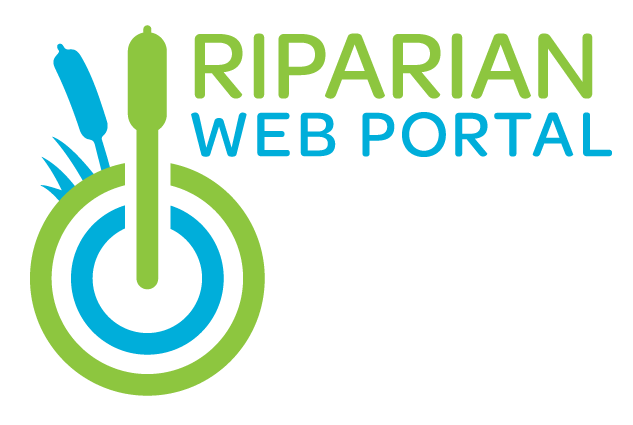PHASE 1: Pilot Project (2016-2018)
NSWA developed a pilot project to assess the condition of riparian areas in the Modeste sub-watershed
A new method using satellite imagery to classify riparian "intactness" at a broader scale was developed by Fiera Biological Consulting Ltd.
Riparian intactness: the extent to which natural riparian habitat or shorelines have been altered by human activity




